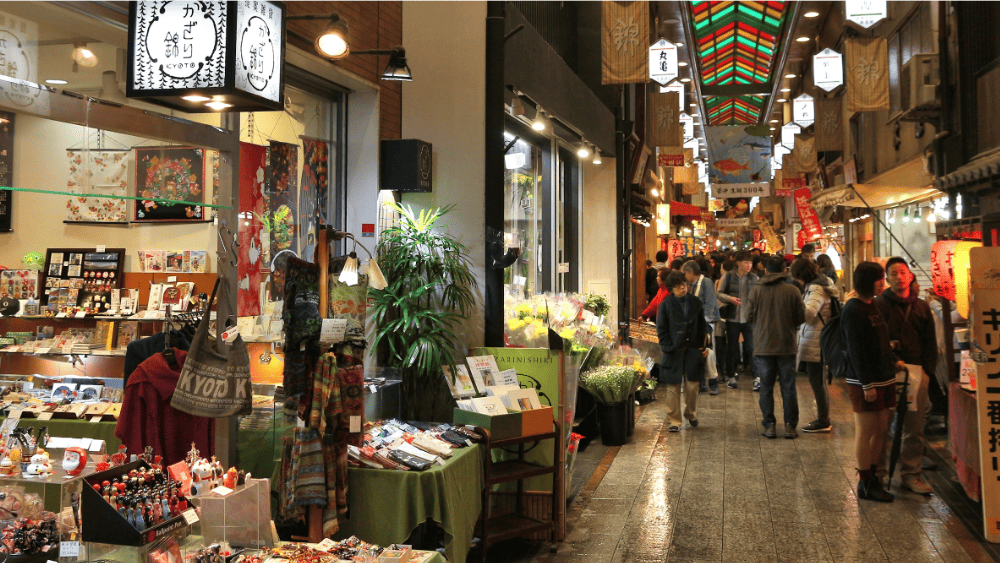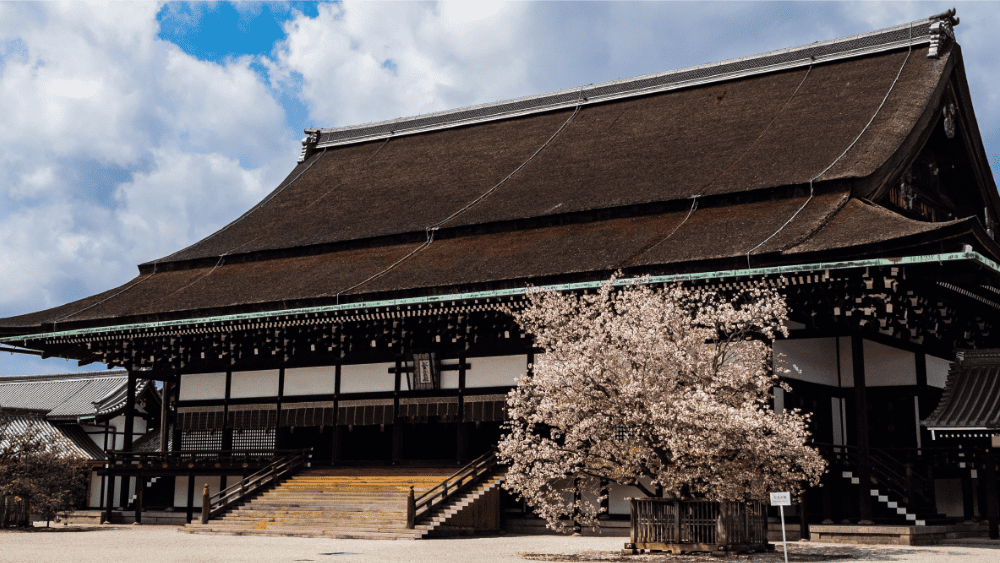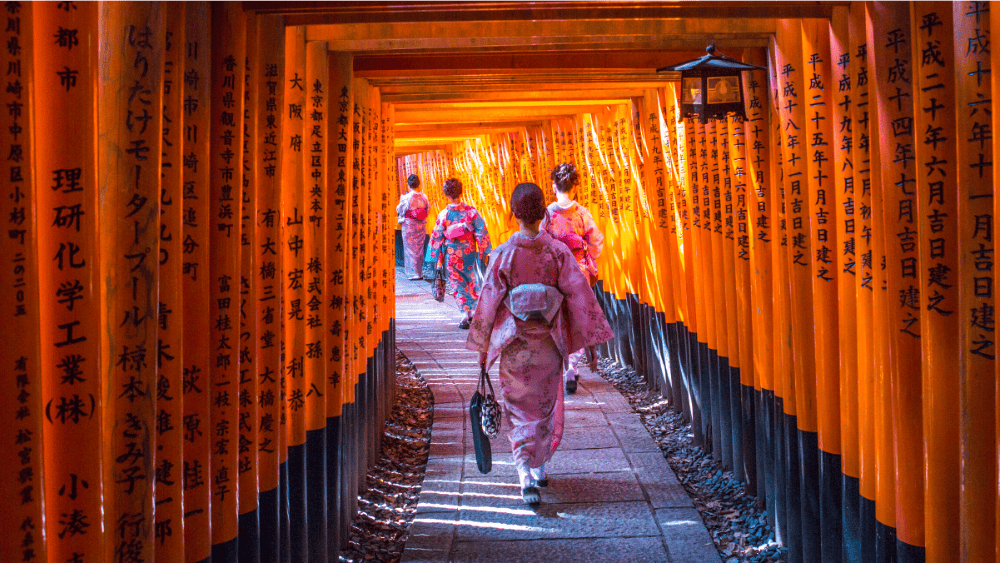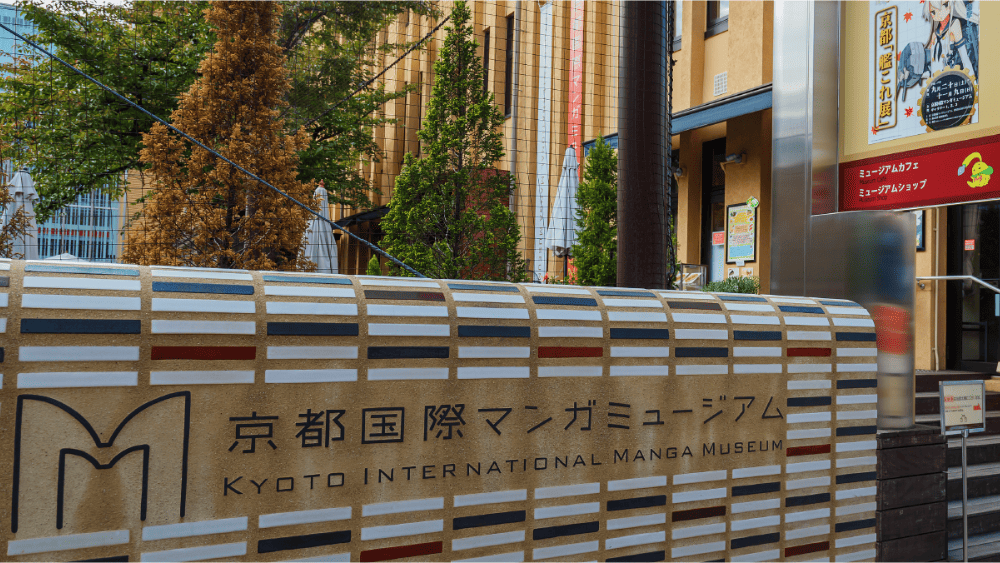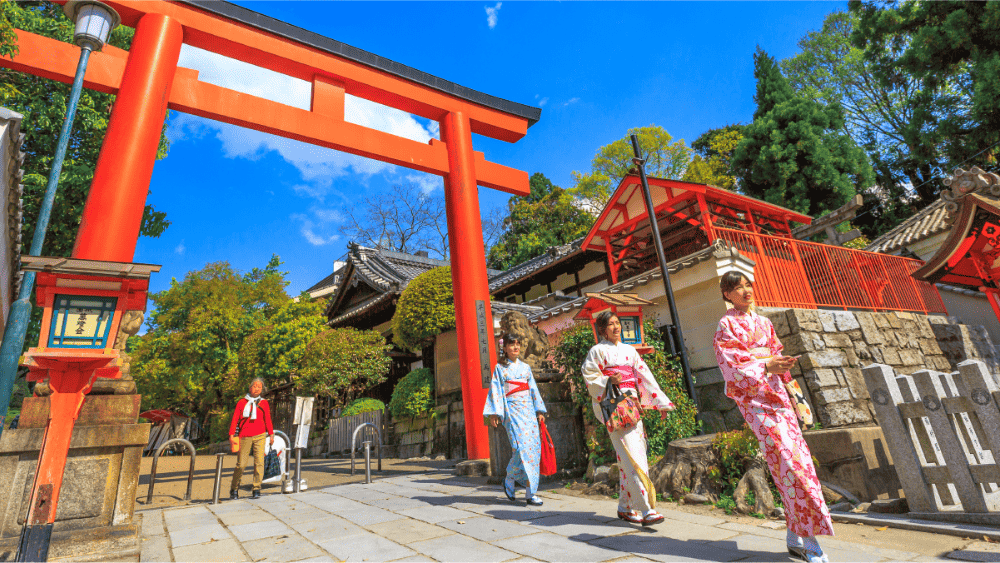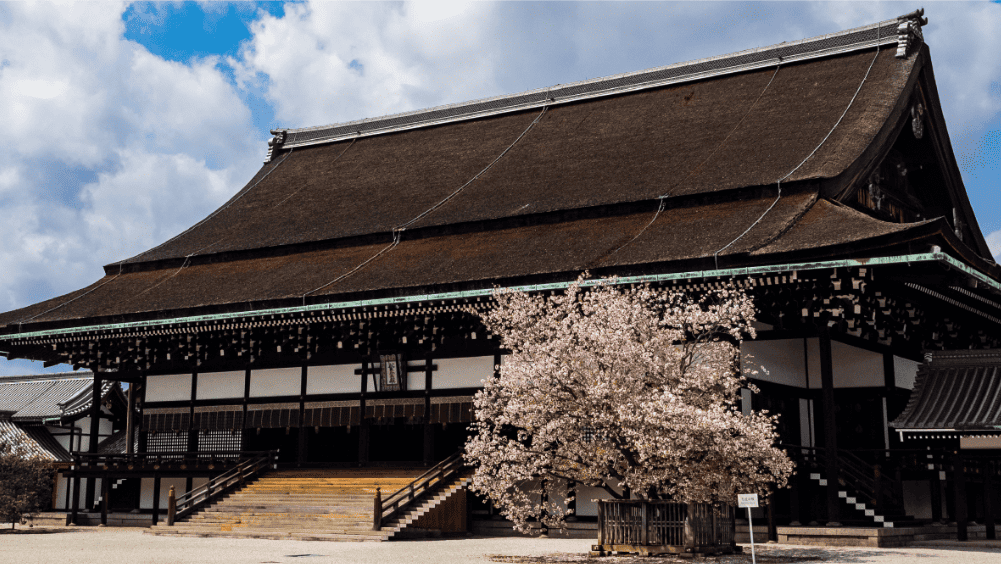
Once the capital of Japan and home to the emperor from 794 to 1868, Kyoto is a city steeped in culture and history. As the 7th largest city in Japan, Kyoto offers a wealth of attractions that showcase its timeless charm. From centuries-old temples and shrines to breathtaking natural landscapes, the city blends tradition with modernity in a way that captivates every traveler. Whether it’s your first time visiting or a return trip, Kyoto always has something new to discover. For those exploring the top places to visit in Kyoto, these must-see attractions will give you a true sense of the city’s unique beauty and heritage.
Make the most of your Kyoto adventure with a stay at Hotel Travelodge Kyoto Shijo Omiya o Travelodge Kyoto Shijo Kawaramachi, perfectly located to help you uncover the city’s most iconic landmarks. With Travelodge Hotels Asia as your base, exploring Kyoto’s historic and cultural treasures has never been more convenient!
Mercato Nishiki
Mercato Nishiki, often referred to as “Kyoto’s kitchen,” is one of the most famous and bustling markets in the city. Dating back to the Edo period, it began as a fish market but has since evolved into a vibrant, five-block-long shopping street filled with over 100 stalls.
Here, you can find everything food-related, from fresh produce, fruits, and vegetables to specialty items like Kyoto pickles, fried seafood, and Japanese sweets. The market also offers cookware, kitchen knives, and seasonal delicacies unique to Kyoto. As you explore the market, don’t miss the chance to sample local treats. Many stalls offer free tastings, letting you enjoy flavors right on the spot. Be sure to try the tako tamago, a sweet and salty skewer of baby octopus stuffed with a quail egg, or indulge in an assortment of mochi, from toasted soybean mochi to colorful mochi balls on a stick.
If you’re a foodie or a curious traveler, Nishiki Market is a must-see destination and a highlight among the top places to visit in Kyoto.
Palazzo Imperiale di Kyoto
IL Palazzo Imperiale di Kyoto, once the residence of Japan’s Imperial Family until 1868, is a historic gem in the heart of the city. Located within the expansive Kyoto Imperial Park, the palace is surrounded by other notable landmarks, including the Sento Imperial Palace, which housed retired emperors, and the Kaninnomiya Mansion, a former residence for court nobles.
The current palace, rebuilt in 1855 after a fire, showcases a blend of architectural styles from different periods. Its structures, such as the Shisinden, Seiryoden, Kogosyo, Ogakumonjyo, and Otsunegoten, highlight the grandeur of Japan’s imperial past. Visitors can explore the palace buildings and stroll through the serene gardens without the need for guided tours or prior arrangements. While entry into the buildings is not permitted, the surrounding beauty and historical significance of Palazzo Imperiale di Kyoto make it a must-visit spot in Kyoto.
Santuario di Fushimi
IL Fushimi Inari Shrine is one of Kyoto’s most iconic and significant Shinto shrines, known worldwide for its thousands of vibrant red vermilion torii gates. These gates symbolize good harvests and create mesmerizing trails that lead into the wooded forest of the sacred Mount Inari. It’s no surprise that this site is one of the most photographed locations in Japan.
As the head of all Inari shrines in Japan, Fushimi Inari comprises five main shrines – lower, middle, upper, and two auxiliary shrines—alongside numerous smaller sub-shrines scattered throughout the grounds. While exploring, you’ll encounter countless fox statues, as foxes are believed to be divine messengers of Inari Okami, the God of Rice. Some foxes hold keys in their mouths, symbolizing their role as protectors of rice granaries.
Today, the shrine draws millions of visitors from Japan and abroad, especially during the New Year. Many come to pray for blessings such as fruitful harvests, business success, and prosperity. A visit to Fushimi Inari Shrine is an unforgettable experience and a highlight during your visit to Kyoto.
Museo Manga
IL Kyoto International Manga Museum, known as “MM,” is Japan’s first dedicated manga museum, located near Karasuma Oike Station. It boasts an impressive collection of around 300,000 preserved manga items, showcasing the evolution of this beloved art form. From caricature woodblock prints of the Edo period to pre-war magazines and post-war rental books, the museum covers the entire history of manga, including modern series and international publications.
In addition to its permanent exhibits, the museum offers temporary exhibitions on diverse themes, workshops (advanced registration required), drawing classes, and international conferences. Visitors can check the museum’s website for updated schedules and event details. Whether you’re a lifelong manga fan or simply curious about Japanese pop culture, the Kyoto International Manga Museum is a must-see destination in the city.
Santuario di Yasaka
Located in the heart of Gion, Santuario di Yasaka, also known as Gion-sha, is one of Kyoto’s most famous and historic shrines. With over 1,350 years of history, this spiritual site is renowned for its connection to love and relationships, making it a popular destination for both tourists and locals.
Established before the Heian era, the shrine is a designated Important Cultural Property of Japan, featuring iconic structures like the Nishiromon Gate, which greets visitors from Shijo-dori. As you explore, you’ll notice charming heart-shaped ema (Shinto plaques) hung around the shrine, carrying the wishes of visitors. You can also purchase and write your own for a small fee.
Don’t forget to pick up the famous chimaki amulets, believed to ward off illness. These protective charms feature the phrase “Somin Shorai Shison Nari”, which translates to “I am of Somin Shorai, so protect me from disease.” With its rich history, cultural significance, and spiritual charm, Santuario di Yasaka is a must-visit destination in Kyoto’s Higashiyama district.
Scopri il meglio di Kyoto con la migliore offerta di Travelodge Hotels Asia su https://www.travelodgehotels.asia/japan/
Lascia un commento
Devi essere connesso per inviare un commento.

